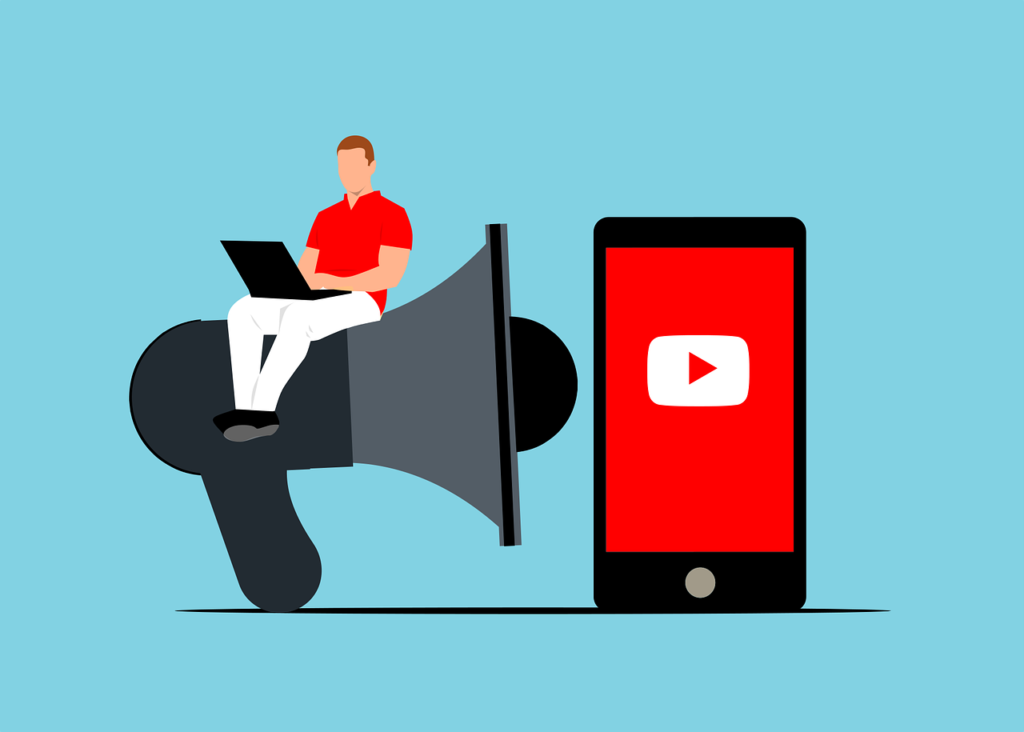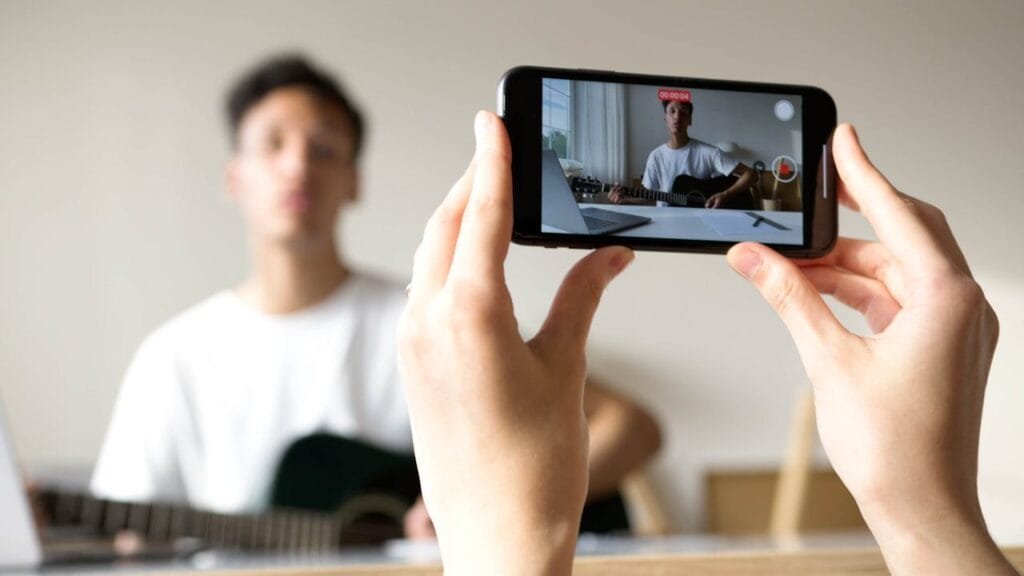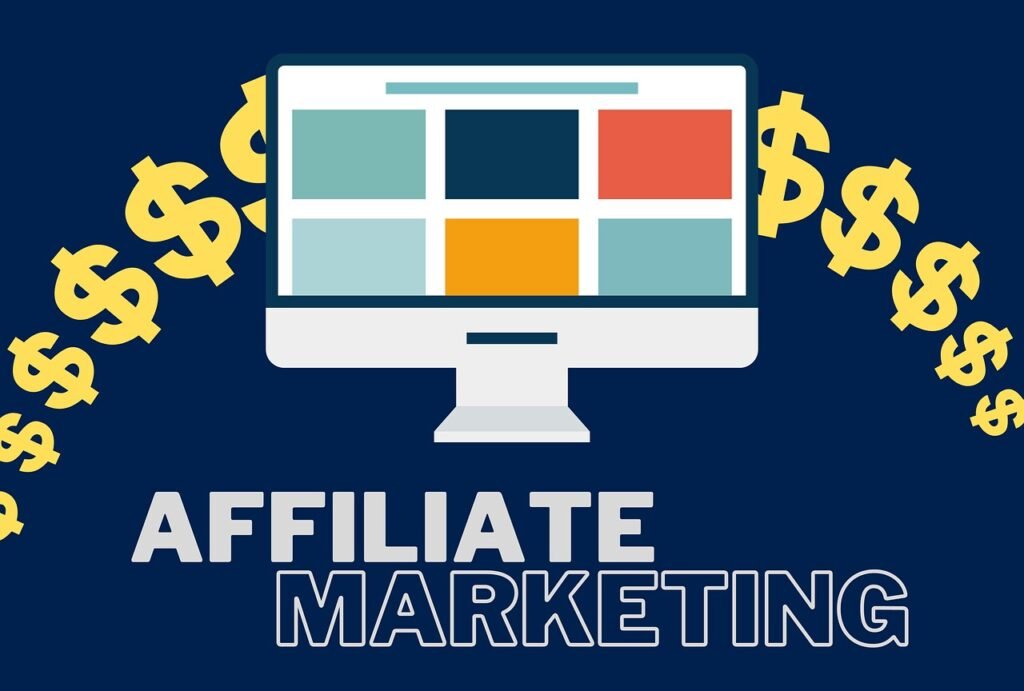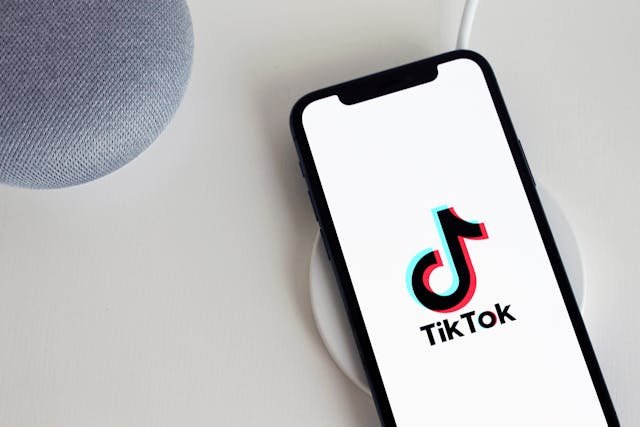Planning your social media posts ahead of time can make a significant difference in the consistency and quality of your online presence. A well-organized social media calendar helps you stay on track, ensures you never miss important dates, and allows you to engage with your audience in a meaningful way. This guide will provide you with effective social media calendar post ideas to help you plan ahead and maximize your engagement.
Understanding the Importance of a Social Media Calendar
Consistency is Key
Consistency is crucial in building a strong social media presence. By planning your posts in advance, you ensure that your content is published regularly. This keeps your audience engaged and helps you maintain a steady growth in followers. A social media calendar allows you to visualize your posting schedule and ensure that you are consistently providing value to your audience.
Using tools like Google Calendar, Trello, or dedicated social media management platforms like Hootsuite or Buffer can help you create a structured calendar. These tools allow you to set reminders, schedule posts, and track your content across multiple platforms, ensuring that you stay organized and consistent.
Maximizing Efficiency and Productivity
A well-planned social media calendar streamlines your content creation process, saving you time and reducing stress. By planning ahead, you can batch-create content, which is more efficient than creating posts on the fly. This approach allows you to allocate specific times for content creation, editing, and scheduling, freeing up more time to focus on other aspects of your business.
To further enhance productivity, consider using content templates and recurring themes. For example, establish a weekly series like “Tip Tuesday” or “Feature Friday” where you share specific types of content on a regular basis. This not only makes content creation easier but also sets expectations for your audience, keeping them engaged and anticipating your posts.
Strategic Planning for Campaigns
A social media calendar enables you to plan and execute marketing campaigns more effectively. By mapping out your campaigns in advance, you can ensure that your posts are strategically timed and aligned with your overall marketing goals. This holistic view allows you to coordinate your social media efforts with other marketing activities such as email campaigns, product launches, and events.
For instance, if you are launching a new product, your calendar can include a buildup of teaser posts, the launch announcement, and follow-up content like customer testimonials or tutorials. This ensures a cohesive and comprehensive campaign that maximizes impact and engagement. Regularly review and adjust your campaign plans based on performance analytics to optimize results.
Enhancing Collaboration and Communication

If you work with a team, a social media calendar is essential for enhancing collaboration and communication. It provides a clear overview of the content plan, allowing team members to see what is scheduled, who is responsible for each task, and when deadlines are approaching. This transparency fosters accountability and ensures that everyone is on the same page.
Use collaborative tools like Asana, Slack, or Trello to manage your social media calendar. These platforms allow team members to comment, make edits, and update the status of tasks in real-time. Regular team meetings to review the calendar and discuss upcoming content can further improve coordination and ensure a smooth workflow.
Adapting to Changes and Opportunities
A social media calendar also provides the flexibility to adapt to changes and seize new opportunities. While it’s important to plan ahead, the dynamic nature of social media means that trends, news, and events can arise unexpectedly. A well-structured calendar allows you to adjust your planned content to incorporate timely posts without disrupting your overall strategy.
For example, if a trending topic relevant to your industry emerges, you can quickly pivot to create and schedule content that taps into the conversation. Similarly, if you receive sudden media coverage or an influencer mentions your brand, you can adjust your calendar to amplify these opportunities. Being prepared and adaptable ensures that your social media strategy remains agile and responsive.
Tracking Progress and Measuring Success
A social media calendar is not just for planning; it’s also a valuable tool for tracking progress and measuring success. Regularly review your calendar to assess the performance of your posts and campaigns. Use analytics tools to gather data on engagement, reach, and conversion rates. This data-driven approach helps you understand what’s working and where there is room for improvement.
Set specific, measurable goals for your social media efforts and track your progress over time. For instance, aim to increase your follower count by a certain percentage each month or improve engagement rates for specific types of content. Use your calendar to document these goals and track your achievements. Analyzing this data allows you to make informed decisions and continuously refine your strategy.
Building a Comprehensive Content Strategy
A social media calendar is an integral part of a comprehensive content strategy. It helps you plan a diverse mix of content types and formats that cater to different audience preferences and marketing objectives. By visualizing your content plan, you can ensure a balanced approach that includes educational, entertaining, promotional, and user-generated content.
Regularly update your calendar to reflect new content ideas, upcoming events, and changes in your business goals. This proactive approach ensures that your social media strategy remains aligned with your overall business strategy and continues to drive growth and engagement. Continuously experiment with new content types and formats to keep your audience engaged and your strategy fresh.
Creating a Balanced Content Mix
Educational Content
Educational content provides value to your audience by offering insights, tips, and information related to your industry. This type of content positions you as an expert in your field and builds trust with your audience. Plan regular posts that address common questions, share industry news, or offer how-to guides.
Consider creating a series of posts that delve into a specific topic over a week or month. This approach keeps your audience coming back for more and establishes you as a go-to resource for valuable information. For example, if you’re in the health industry, you could share weekly tips on maintaining a balanced diet or managing stress.
Entertaining Content
Entertaining content keeps your audience engaged and makes your brand more relatable. This can include funny memes, viral videos, or lighthearted posts that showcase your brand’s personality. While educational content builds trust, entertaining content builds connection and keeps your audience coming back for more.
Incorporate a mix of content formats such as videos, GIFs, and interactive posts to keep your feed lively and engaging. For instance, you could share a funny behind-the-scenes video of your team or create a meme that relates to a current trend in your industry. The key is to balance fun content with informative posts to keep your audience entertained while still providing value.
Promotional Content
Promotional content is essential for driving sales and increasing brand awareness. This includes posts about new product launches, special offers, or upcoming events. While it’s important to promote your products or services, it’s equally important to ensure that these posts are balanced with other types of content to avoid overwhelming your audience with sales pitches.
Plan your promotional posts around key dates such as holidays, sales events, or product launches. Create a sense of urgency by highlighting limited-time offers or exclusive deals. Use eye-catching visuals and clear calls-to-action to encourage your audience to take the desired action.
Creating a Balanced Content Mix
User-Generated Content
User-generated content (UGC) is a powerful way to build community and trust around your brand. This type of content is created by your customers and fans, such as reviews, testimonials, photos, and videos of them using your product or service. Sharing UGC not only provides social proof but also encourages more of your audience to create content related to your brand.
To effectively incorporate UGC into your social media calendar, create a system for collecting and curating this content. Encourage your audience to share their experiences by running campaigns or contests that incentivize them to post about your brand. For example, you could ask customers to share photos of their favorite product in action with a specific hashtag for a chance to be featured on your page. Regularly featuring UGC shows appreciation for your customers and adds authenticity to your social media presence.
Inspirational Content
Inspirational content can motivate and resonate deeply with your audience. This includes quotes, success stories, and personal reflections that align with your brand values. Inspirational posts can uplift your followers and create a positive association with your brand.
To keep your content fresh and inspiring, draw from various sources such as influential figures in your industry, customer success stories, or your own experiences. Schedule regular inspirational posts that align with themes like Motivation Monday or Feel-Good Friday. This type of content can enhance engagement and encourage your audience to interact with your posts by sharing their own stories and reflections.
Leveraging Analytics to Inform Your Calendar
Monitoring Engagement Metrics
To create an effective social media calendar, it’s essential to understand what type of content resonates most with your audience. Regularly monitoring engagement metrics such as likes, comments, shares, and saves can provide valuable insights into your audience’s preferences. Use these insights to refine your content strategy and focus on the types of posts that generate the most engagement.
Tools like Instagram Insights, Facebook Analytics, and Twitter Analytics offer detailed data on how your content is performing. Look for patterns in your most successful posts, such as the time of day they were published, the format of the content, and the themes covered. Use this information to schedule similar content in your calendar and maximize engagement.
Adjusting Based on Feedback
Feedback from your audience is invaluable for refining your social media strategy. Pay attention to comments and messages to understand what your followers enjoy and what they’d like to see more of. Incorporate this feedback into your planning process to ensure your content remains relevant and engaging.
Create regular opportunities for your audience to provide feedback, such as polls, surveys, or open-ended questions in your posts. This not only helps you gather valuable insights but also shows your followers that you value their opinions and are committed to meeting their needs. Adjust your content calendar based on this feedback to ensure it aligns with your audience’s interests and preferences.
Planning for Seasonal and Event-Based Content
Aligning with Holidays and Seasons
Planning your content around holidays and seasonal events is a great way to keep your posts relevant and timely. Create a list of major holidays, industry-specific events, and seasonal changes that are relevant to your audience. Plan posts that celebrate these occasions or tie your content to seasonal themes.
For example, if you’re in the fashion industry, you could plan posts around major fashion weeks, seasonal trends, and holiday shopping guides. If you’re in the food industry, consider sharing seasonal recipes or tips for holiday entertaining. Aligning your content with the calendar not only keeps it relevant but also provides a consistent flow of ideas throughout the year.
To further enhance your strategy, consider creating content series around specific seasons or holidays. For instance, a fitness brand could run a “Summer Shape-Up” series with weekly workout tips and nutrition advice leading up to summer. A tech company might do a “Holiday Gift Guide” series showcasing the best gadgets for the season. These series build anticipation and keep your audience engaged over a longer period.
Leveraging Industry Events
Industry events, such as conferences, trade shows, and major announcements, provide excellent opportunities for timely and relevant content. Plan your calendar to include posts that cover these events, share your participation, or provide insights and takeaways. This positions you as an active participant in your industry and keeps your audience informed about important developments.
For example, if you attend a major industry conference, plan a series of posts leading up to, during, and after the event. Share your preparations, live updates, and key takeaways. This not only keeps your content timely but also demonstrates your involvement and expertise in your field. Additionally, consider live-tweeting from the event or hosting a live recap session afterward to engage your audience in real-time.

Creating Thematic Content
Thematic content allows you to create posts that revolve around a specific theme, making your content more cohesive and engaging. Themes can be tied to seasons, holidays, or industry trends. By planning thematic content, you can maintain a consistent message and aesthetic across your posts.
For instance, if you are in the wellness industry, you could create themes around “Self-Care September” or “Mindfulness March.” Develop a variety of content such as blog posts, videos, infographics, and social media posts that align with these themes. This approach helps you cover topics in depth and keeps your audience interested in your ongoing series.
Incorporating Social Media Trends
Keeping an eye on current social media trends can help you stay relevant and engage with your audience more effectively. Plan your content calendar to include posts that participate in trending challenges, hashtags, or viral content. This shows that your brand is up-to-date with the latest trends and is actively participating in the social media community.
Use tools like Google Trends, Twitter’s trending topics, and social media listening tools to identify trends that are relevant to your audience. For example, if there is a trending hashtag like #ThrowbackThursday, plan posts that share nostalgic moments from your brand’s history or personal stories. Engaging with trends not only increases your visibility but also makes your content more relatable and shareable.
Preparing for Crisis Management
Planning for potential crises or unexpected events is crucial for maintaining a consistent and professional social media presence. Develop a crisis management plan that outlines how your brand will respond to negative comments, PR issues, or other unforeseen events. This plan should include pre-approved responses, key messaging, and a clear protocol for escalation.
Schedule regular reviews of your crisis management plan to ensure it remains relevant and effective. During a crisis, timely and thoughtful communication is key. Use your social media calendar to plan updates and responses that keep your audience informed and reassured. Preparing for crises in advance helps you respond swiftly and maintain trust with your audience.
Celebrating Milestones and Anniversaries
Milestones and anniversaries are excellent opportunities for engaging content. Celebrate significant dates such as your brand’s anniversary, product launch anniversaries, or milestones in follower count. Plan posts that highlight these achievements and thank your audience for their support.
For example, if you’re celebrating your brand’s five-year anniversary, share a series of posts that reflect on your journey, achievements, and future goals. Consider running special promotions or giveaways to mark the occasion and encourage your followers to join in the celebration. Celebrating milestones reinforces your brand’s credibility and builds a stronger connection with your audience.
Collaborating with Influencers
Collaborating with influencers can amplify your seasonal and event-based content. Identify influencers whose audience aligns with your target demographic and plan joint campaigns around key dates and events. Influencers can provide fresh perspectives and creative content that resonates with their followers and expands your reach.
For example, if you’re launching a new product around the holiday season, partner with influencers to create unboxing videos, reviews, or holiday gift guides featuring your product. Coordinate your content calendar to align with the influencer’s posting schedule for maximum impact. Collaboration with influencers not only boosts your visibility but also adds credibility to your brand.
Enhancing Engagement with Interactive Content
Running Contests and Giveaways
Contests and giveaways are effective ways to boost engagement and attract new followers. Plan regular contests that encourage your audience to interact with your brand. This could include photo contests, caption challenges, or trivia questions. Offer attractive prizes to incentivize participation and create excitement around your brand.
To maximize the impact of your contests, promote them across all your social media channels and provide clear instructions on how to enter. Use specific hashtags to track entries and engage with participants by commenting on their submissions. Announce winners in a celebratory post and consider featuring their entries on your page.
Hosting Live Q&A Sessions
Live Q&A sessions are an excellent way to engage with your audience in real-time. Plan and promote these sessions in advance, encouraging your followers to submit questions ahead of time. During the live session, answer these questions and interact with viewers as they join in. This not only provides valuable content but also makes your audience feel directly connected to you.
Use platforms like Instagram Live, Facebook Live, or YouTube Live to host these sessions. Ensure you have a good internet connection and a quiet environment to minimize disruptions. Post a summary or highlights of the session afterward for those who couldn’t attend live, and encourage them to watch the replay and continue the conversation in the comments.
Creating Polls and Surveys
Polls and surveys are simple yet effective tools to engage your audience and gather valuable insights. Use them to understand your followers’ preferences, gather feedback on your products or services, or simply to entertain. Platforms like Instagram Stories, Twitter, and Facebook offer built-in features to create polls and surveys easily.
For instance, you could ask your audience to vote on new product ideas, favorite content types, or upcoming event themes. Sharing the results and acting on the feedback demonstrates that you value their opinions, fostering a sense of community and trust. Regularly incorporating polls and surveys into your content plan keeps your audience engaged and involved in your brand’s development.
Interactive Stories and Reels
Instagram Stories and Reels offer numerous interactive features such as polls, questions, quizzes, and sliders that can make your content more engaging. Plan a series of interactive stories that encourage your audience to participate actively. For example, you could run a weekly quiz related to your industry, ask for feedback on a new product, or use the question sticker to gather content ideas from your followers.
Reels, being short and dynamic, are perfect for quick, engaging content that can go viral. Create reels that invite your audience to participate, such as challenges, tutorials, or behind-the-scenes looks at your business. Encourage followers to create their own reels using your branded hashtag, and share the best ones on your profile to build a sense of community.
Utilizing Augmented Reality (AR) Filters
Augmented Reality (AR) filters can significantly enhance user engagement on platforms like Instagram and Snapchat. Develop custom AR filters that align with your brand and encourage your audience to use and share them. These filters can be themed around your products, a current campaign, or a fun trend.
For example, a beauty brand could create an AR filter that allows users to try on different makeup looks virtually. Promote the filter through a campaign that encourages users to share their photos or videos using the filter, tagging your brand and using a specific hashtag. Highlight the best posts on your profile, creating a loop of engagement and user-generated content.
Conducting Virtual Workshops and Webinars

Virtual workshops and webinars offer a deep dive into your expertise and provide immense value to your audience. Plan these events around topics that resonate with your followers and address their pain points or interests. Promote these sessions well in advance and provide registration details.
During the workshop or webinar, engage participants through interactive elements such as live polls, Q&A sessions, and breakout rooms for group discussions. Recording these sessions and sharing the highlights can extend their value, allowing those who couldn’t attend live to benefit from the content. Offering downloadable resources or exclusive access to further content can also enhance the experience and engagement.
Launching Social Media Challenges
Social media challenges can go viral quickly, boosting your visibility and engagement. Create challenges that are fun, easy to participate in, and relevant to your brand. Clearly outline the rules and encourage participants to use a specific hashtag and tag your brand in their posts.
For example, a fitness brand could launch a 30-day workout challenge, where participants share their daily progress using your branded hashtag. Engage with participants by commenting on their posts and featuring the best ones on your profile. Social media challenges not only increase engagement but also create a sense of community among your followers.
Gamification of Content
Gamifying your content can make it more engaging and enjoyable for your audience. Incorporate game-like elements such as quizzes, treasure hunts, and points systems into your social media strategy. For instance, you could create a weekly trivia quiz related to your industry, where participants earn points for correct answers.
Reward top participants with prizes such as discounts, exclusive content, or branded merchandise. Gamification encourages repeated engagement and can increase loyalty among your followers. It also makes your content more interactive and memorable, fostering a deeper connection with your brand.
Conclusion
Planning ahead with an effective social media calendar is a game-changer for building a consistent, engaging, and strategic online presence. By understanding the importance of a social media calendar, you can ensure that your content is timely, relevant, and aligned with your business goals. This approach not only helps you stay organized but also maximizes your productivity, enhances collaboration, and allows you to adapt to changes and seize new opportunities.
Creating a balanced mix of content types, leveraging seasonal and event-based posts, and engaging your audience with interactive content are key strategies to keep your followers engaged and your brand top-of-mind. Regularly reviewing and adjusting your social media plan based on analytics and feedback ensures continuous improvement and optimal results.
Read Next:
- Startup SEO Keyword Monitoring: Tracking Rankings and Performance
- Crisis Communication and SEO for Travel Brands
- How Natural Disasters Affect Travel SEO
- COVID-19 and Its Long-Term Impact on Travel SEO
- Managing Online Reputation During Negative Events






















Comments are closed.